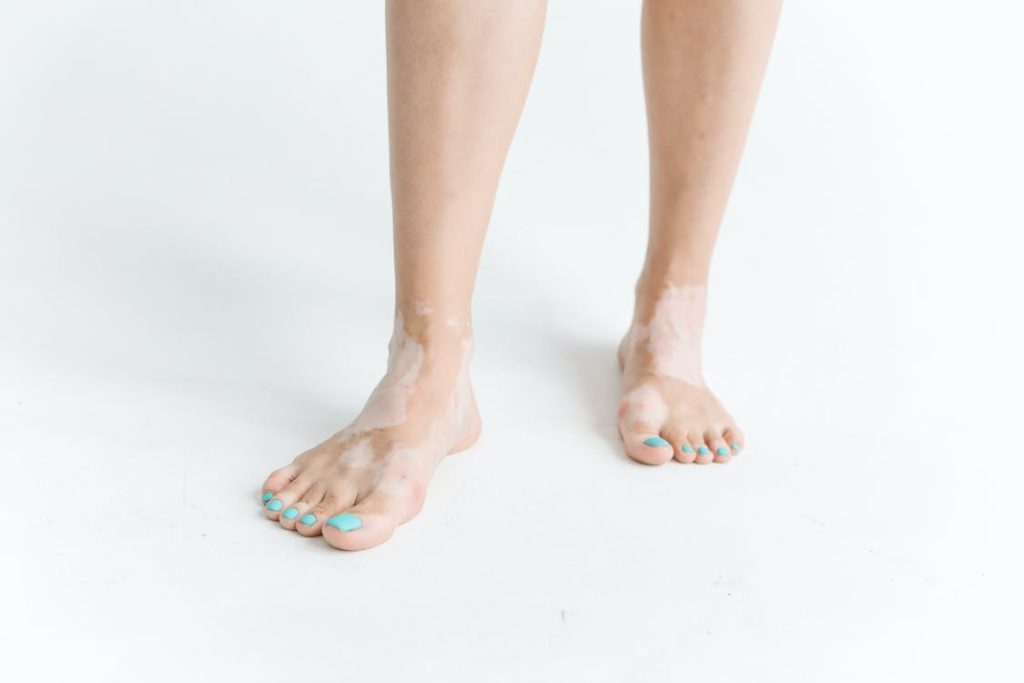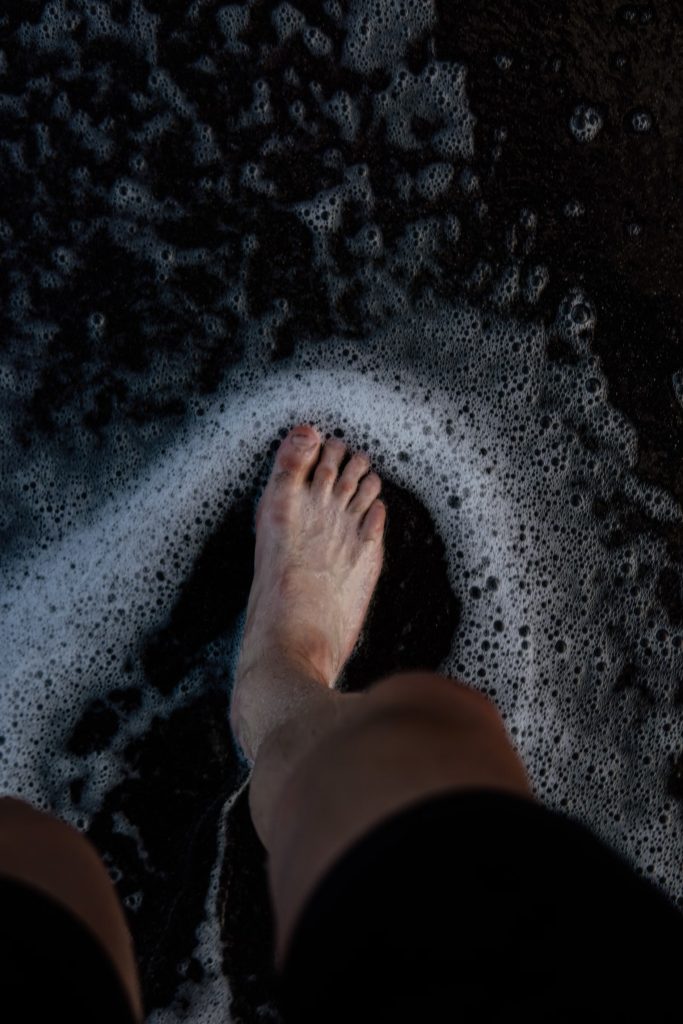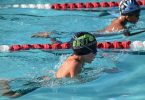Swimmer’s toe, also known as pool toe, is a common condition that affects swimmers of all ages and skill levels.
It refers to the painful inflammation and swelling of the skin around the toenails, often caused by prolonged exposure to water and chemicals in swimming pools.
In this article, we will explore what swimmer’s toe is, its causes, signs, and symptoms, and most importantly, how to prevent and treat this condition.
Table of Contents
What is Swimmer’s Toe?
Swimmer’s toe is a condition that primarily affects swimmers due to constant exposure to water and the chemicals used to keep pools clean.

When the skin around the toenails becomes excessively moist, it can lead to an infection. This infection often results in redness, swelling, and tenderness around the affected toenail.
Swimmer’s toe can be painful and uncomfortable, making it difficult for swimmers to enjoy their time in the pool.
Causes of Swimmer’s Toe
Swimmer’s toe is mainly caused by prolonged exposure to water and the chemicals found in swimming pools.
The combination of water, chlorine, and other disinfectants can strip the natural oils from the skin and nails, causing them to become dry and brittle. This makes the skin more susceptible to infection.
Additionally, the constant friction between the toes and the swimming pool floor can further irritate the skin and lead to inflammation.
Signs and Symptoms of Swimmer’s Toe
The signs and symptoms of swimmer’s toe are relatively easy to identify. Common symptoms include:
- Redness around the affected toenail.
- Swelling, and tenderness around the affected toenail.
-
The toe skin may also appear shiny and feel warm to the touch.

In some cases, a small blister or pustule may form, indicating the presence of an infection.
If left untreated, swimmer’s toe can progress to more severe symptoms, such as pus drainage and the development of an abscess.
READ ALSO: Causes, Prevention, and Effective Treatment Methods of Swimming Neck Pain
How to Prevent Swimmer’s Toe
Prevention is key when it comes to swimmer’s toe. By following these few simple steps, you can minimize the risk of developing this painful condition:
-
Ensure that you swim in properly maintained pools with adequate levels of chlorine and other disinfectants. This helps to kill bacteria and reduce the risk of infection.
-
Always wear appropriate footwear, such as swim socks or water shoes, to protect your feet from direct contact with the pool floor.
-
Lastly, make sure to dry your feet thoroughly after swimming, paying extra attention to the areas between the toes.
Proper Foot Care for Swimmers
In addition to preventive measures, proper foot care is essential for swimmers to keep their feet healthy and reduce the chances of developing swimmer’s toe:
-
Start by regularly trimming your toenails straight across to prevent ingrown nails. Avoid cutting them too short, as this can lead to painful nail irritations.
-
It’s also crucial to keep your feet clean and dry, especially after swimming. Use a mild soap to wash your feet, and pat them dry with a clean towel.
-
Moisturize your feet with a non-greasy lotion to maintain proper skin hydration.
READ ALSO: Effective Strategies for Dealing with Hip Pain After Swimming
Tips for Treating Swimmer’s Toe at Home
If you do develop swimmer’s toe, there are several home remedies you can try to relieve the pain and promote healing:
-
Firstly, soak your feet in a mixture of warm water and Epsom salt for about 15 minutes. This helps to reduce inflammation and relieve discomfort.
-
Afterward, apply an over-the-counter antibiotic ointment to the affected area to prevent infection.
-
Cover the toe with a clean bandage to protect it from further irritation. Repeat this process daily until the symptoms subside.
When to Seek Medical Attention for Swimmer’s Toe
While most cases of swimmer’s toe can be effectively treated at home, there are instances when medical attention is necessary.

If the symptoms persist or worsen after a week of home treatment, it is advisable to consult a healthcare professional.
They may prescribe a stronger antibiotic ointment or oral antibiotics to combat the infection.
Additionally, if you notice signs of a more severe infection, such as increased pain, red streaks, or the formation of an abscess, seek medical attention immediately.
Lifestyle Changes to Prevent Swimmer’s Toe
Incorporating simple lifestyle changes can significantly reduce the risk of developing swimmer’s toe.
-
Firstly, make sure to wear appropriate footwear not only in swimming pools but also in public areas, such as locker rooms and showers, to avoid exposure to harmful bacteria and fungi.
-
Consider alternating your swimming routine with other low-impact exercises to give your feet a break from constant moisture.
-
Lastly, maintain good hygiene by regularly washing your feet with soap and water, and by changing your socks and shoes frequently.
READ ALSO: How to Master the Swimmer Position For Your Stroke Techniques
Conclusion
Swimmer’s toe, or pool toe, is a common condition that can cause pain and discomfort for swimmers.
By understanding its causes and symptoms, and taking preventive measures, you can minimize the risk of developing this condition.
Proper foot care, including regular trimming of toenails and keeping the feet clean and dry, is essential for swimmers.
If swimmer’s toe does occur, home remedies like warm Epsom salt soaks and over-the-counter antibiotic ointment can help relieve the symptoms.
Remember, if the condition persists or worsens, seeking medical attention is crucial.
By implementing lifestyle changes and practicing good hygiene, you can enjoy swimming while keeping swimmer’s toe at bay.
If you want to read more answers to difficult sports questions, subscribe to our newsletter.
Subscribe to our newsletter!
Stay informed and get valuable insights directly in your inbox!







